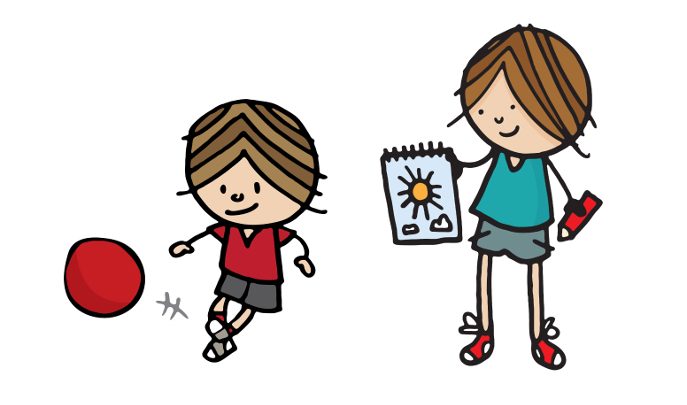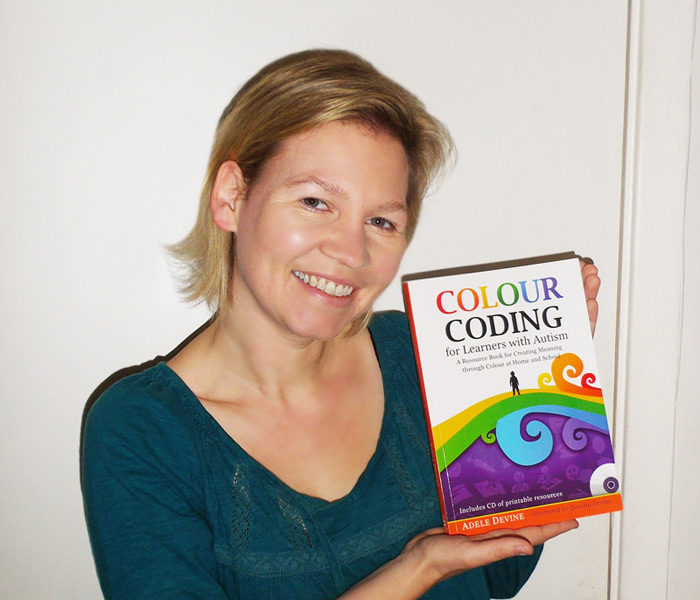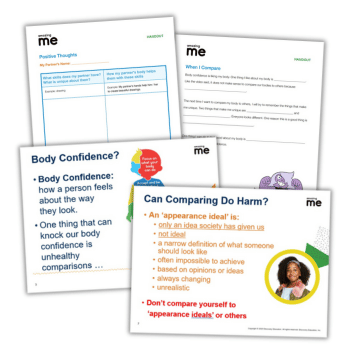Early Years Children And Parents Must See Smiling Faces From The Moment They Arrive

A happy atmosphere relieves anxieties, improves emotional wellbeing and encourages communication

- by Adele Devine
- Early years and SEN specialist, author, keynote speaker and trainer Visit website

You arrive at a dinner party and realise that no one is smiling or really interacting. What’s happened? You sit down uncomfortably. Someone coughs nervously. It is going to be a long evening.
Now imagine you are at that same dinner party, but this time the guests are all laughing. They smile when they see you. Someone pays you a compliment and welcomes you into the conversation. You feel warm, confident, relieved and ready to join in.
Apply this to your early years setting, and you’ll understand why the atmosphere must be happy and welcoming at all times.
Shining, happy staff
Children and parents must see smiling faces from the moment they arrive at your setting or school. Seeing smiles and hearing/experiencing laughter are essential to emotional wellbeing and health. Staff teams will of course get tired, they may feel frustrated or anxious at times and they should be able to share this, but they must show nothing but joyful wonder when the children are around.
Think of an actor going on stage. Do they slump out to the audience with a miserable face because they had a bad review? Of course not! Think of the shop assistant who scowls at you and the one who smiles brightly. Staff must be professional and exude calm, control and happiness.
This applies at all times. Imagine a session when everything has gone wrong. What started as ‘Exploring sinking and floating’ turned into ‘Soaking, dipping and slipping’. Children are drenched, and parents are about to arrive for pick up. Oh, and when staff go to look, they find that there are no spare clothes in the bags. How might your team react? Would they panic, get flustered and transfer anxiety, or would they smile brightly, laugh supportively and transfer joy?
Home visits
Home visits can be an anxious time. Parents might feel self-conscious, nervous or fearful. Creating a lighter atmosphere through genuine smiles and laugher helps everyone relax.
We once went on a home visit where the parents spoke little English. Their child was visually impaired and had complex medical needs. We went in relaxed, we found ways to communicate, we smiled and we laughed, and soon enough they saw that their little boy was smiling too. He may not have been able to see our facial expressions or understand what we said, but hearing happy chatter and laughter made him smile.
This feeling transferred to his parents, making them feel more relaxed in our company and less fearful about him starting school. Incorporating laughter into home visits is so simple and builds so many bridges with parents and children.
Final thoughts
There can never be too much ‘happy’ in an early years setting. As Carl W Buechner rightly observed, “They may forget what you said, but they will never forget how you made them feel.” Fill your sessions with warmth and laughter. Model happiness at all times. Praise the children and also remember to praise and thank the staff. If you sense staff need support, allow them time to talk (when children are not around).
Parents don’t walk through the door looking around for the latest high-tech devices or expensive resources, but they will immediately, instinctively measure the atmosphere. Happiness, love and laughter are everyday essentials for every child.
Case study
‘Iggy instigating play’
Observation We were thrilled to see how Iggy had come on since he had started school. He had seemed so ‘in his own world’ at first, but he was becoming increasingly interested. However, Iggy had started to show some behaviour that was causing concern. He would sometimes run at staff and head-butt them, nuzzle forcefully or squeeze arms tightly.
Interaction We met and discussed the new behaviours. We talked about what Iggy had been like at the start – so withdrawn and disinterested. The new behaviours could be mistaken for challenging behaviour, but we realised that Iggy was actually trying to instigate play.
As a team we would need to be especially ‘on the ball’, watch out, catch the ‘behaviour’ before it happened and teach Iggy new ways to request play. We would redirect him in a positive way with tickles, ball play or other interaction.
Outcomes By realising what Iggy was doing, we helped him get what he wanted without hurting. It’s important to catch children before things develop in the wrong way. Children do look for reactions and sometimes when they cannot get good ones, they seek out negative ones. But they respond best to positives.
Behaviour is so often communication. It’s up to us to read this and if necessary redirect it. By using positive smiles and play we were making him giggle and releasing those all-important endorphins.
Case study
‘Lenny leads the way’
Observation Our class were in the hall exploring the equipment we had set up for sensory circuits. There were benches to balance on, big balls and trampolines to bounce on, weighted blankets and textured surfaces. We have a lovely set-up, but Lenny was not joining in at all. I watched to see what he was exploring. He was touching the walls as he walked across the hall. He was all alone, watching his shadow.
Interaction I stood at the other end of the wall and mirrored what he was doing. Lenny clocked me and travelled towards me, then went back. I did the same thing. He started to notice me and experiment. He seemed to enjoy the control, with me following what he was doing. He started to smile.
This game built up until we were running towards each other, then passing each other smiling, laughing and interacting. Lenny had made up a game, developed interaction and thoroughly enjoyed involving another person in his play.
Outcomes By following Lenny’s lead in this way we developed interaction, communication and play. We were having fun and releasing endorphins, which would give Lenny a positive memory and a happier day.
BE HAPPY
10 ways laughter will support your special children
• Reduces fears and eases anxiety • Relaxes muscles and decreases pain • Releases endorphins, lowering stress hormones • Reduces conflicts and encourages cooperation • Improves relationships, teamwork and bonding • Breaks down communication barriers • Promotes feelings of happiness and joy • Improves resilience and ‘can-do’ attitude • Boosts immunity and heart health • Encourages and sustains interest
Adele Devine is a teacher at Portesbery School and director of SEN Assist










